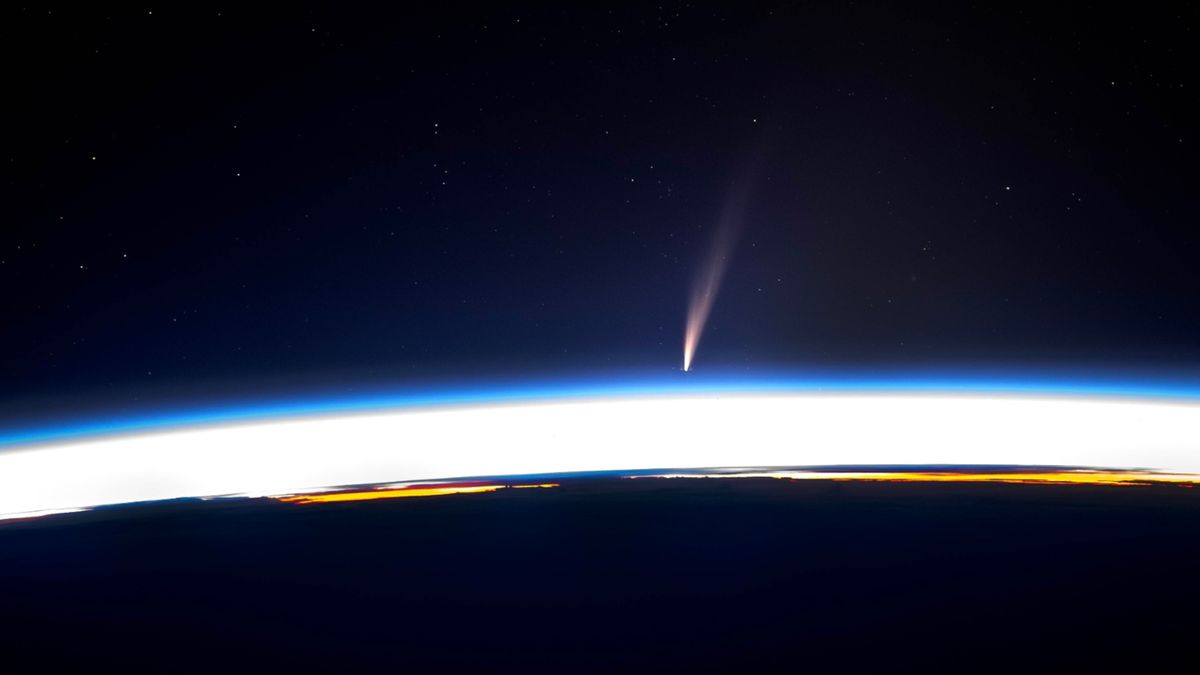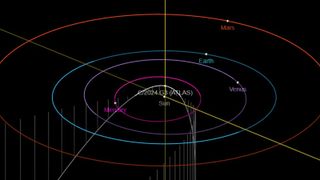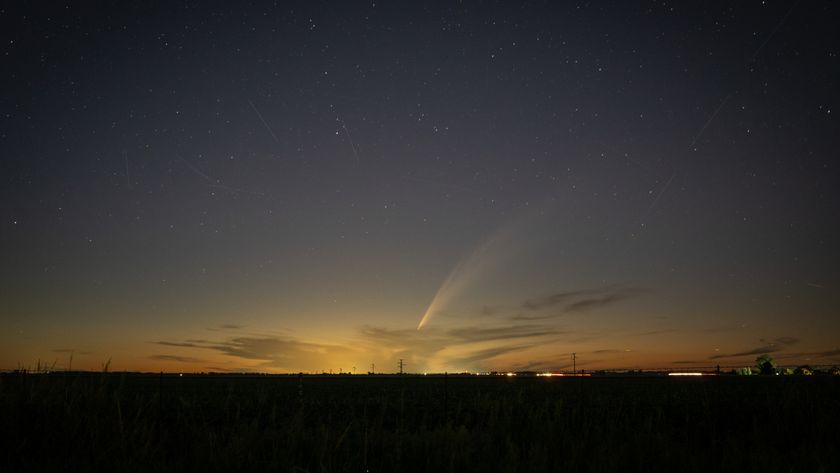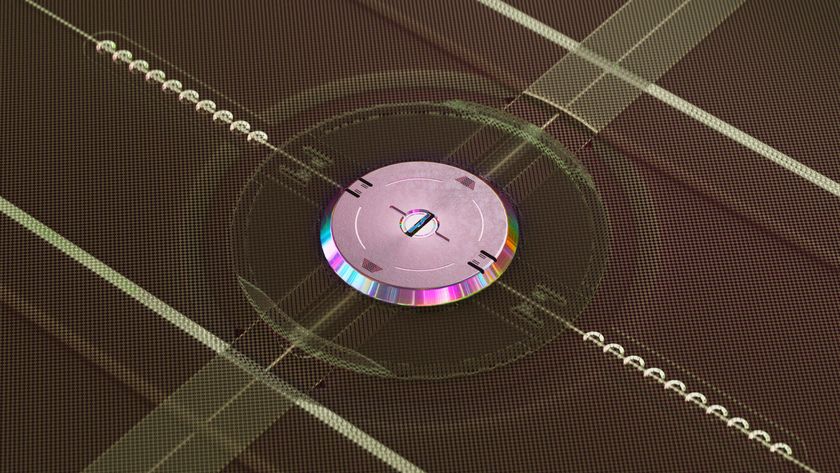'Totally amazing' astronaut photo captures comet C/2024 G3 ATLAS shooting past Earth from the ISS
NASA astronaut Don Pettit has snapped a striking shot of the super-bright comet racing past our planet for the first time in 160,000 years, as it lit up the night skies across the globe.

An astronaut onboard the International Space Station (ISS) has snapped a stunning photograph of the super-bright "New Year comet" seemingly shooting behind Earth.
The comet, named C/2024 G3 (ATLAS), made its closest approach to Earth on Tuesday (Jan. 14) when it came within 88 million miles (142 million kilometers) of our planet. A day earlier, it reached perihelion, its closest point to the sun, which made it shine as bright as Venus in the night sky for several nights and even made it visible in the daytime in some places.
C/2024 G3 was first discovered in April last year as it began to race toward the sun. Since then, astronomers have calculated its trajectory through the solar system and found that it has a highly elliptical, or elongated, orbit around our home star. It will now head back out toward the Oort Cloud — a reservoir of comets and other icy objects lurking near the edge of the solar system — and will likely not return to the inner solar system for at least 160,000 years.
NASA astronaut Don Pettit captured C/2024 G3 "paying us a visit" in a striking photo released Jan. 11 on the social platform X. In the image, the comet's streaming tail makes it look like it is moving beyond Earth's horizon. The tail is made of gas and dust being blown off the comet by the sun, which is also illuminating our planet's atmosphere from its position behind Earth, relative to the ISS.
"It is totally amazing to see a comet from orbit," Pettit wrote.

The comet is now decreasing in brightness and will become harder to spot over the next few days. However, it could still be possible to sneak a view of the icy object using a decent telescope or a pair of stargazing binoculars.
Sign up for the Live Science daily newsletter now
Get the world’s most fascinating discoveries delivered straight to your inbox.
If you fancy your chances of catching a glimpse of the comet before it disappears for millennia, you can track its position in the night sky at TheSkyLive.com.
Super-bright comets
C/2024 G3 is the latest of several unusually bright comets that have passed close to Earth in the last few months.
In October last year, the "once-in-a-lifetime" comet C/2023 A3 (Tsuchinshan-ATLAS) became visible to the naked eye across the globe for weeks and grew a seemingly impossible "anti-tail" as it reached its closest point to Earth. This was Tsuchinshan-ATLAS' first close approach for around 80,000 years.
In April 2024, we were also visited by the explosive, green "devil comet" 12P/Pons-Brooks, which unleashed multiple cold-volcanic outbursts as it passed close to Earth and briefly lost its tail to a solar storm as it slingshotted around the sun.
However, C/2024 G3 is likely to be the brightest comet of 2025, according to EarthSky.com, so we may have to wait a while to see an equally dazzling visitor from the outer solar system.

Harry is a U.K.-based senior staff writer at Live Science. He studied marine biology at the University of Exeter before training to become a journalist. He covers a wide range of topics including space exploration, planetary science, space weather, climate change, animal behavior and paleontology. His recent work on the solar maximum won "best space submission" at the 2024 Aerospace Media Awards and was shortlisted in the "top scoop" category at the NCTJ Awards for Excellence in 2023. He also writes Live Science's weekly Earth from space series.











